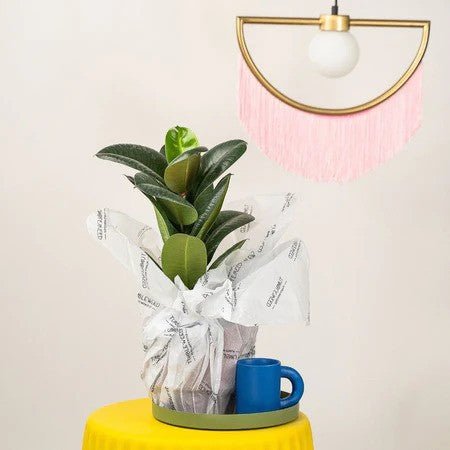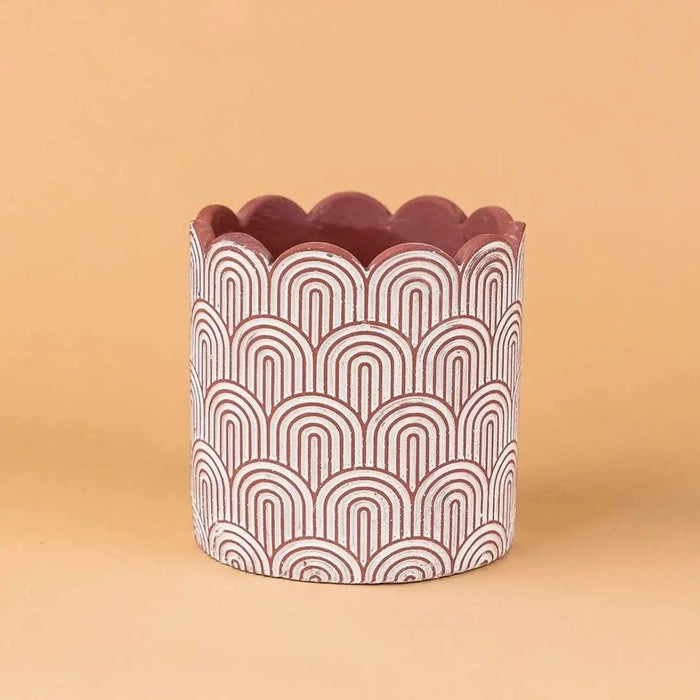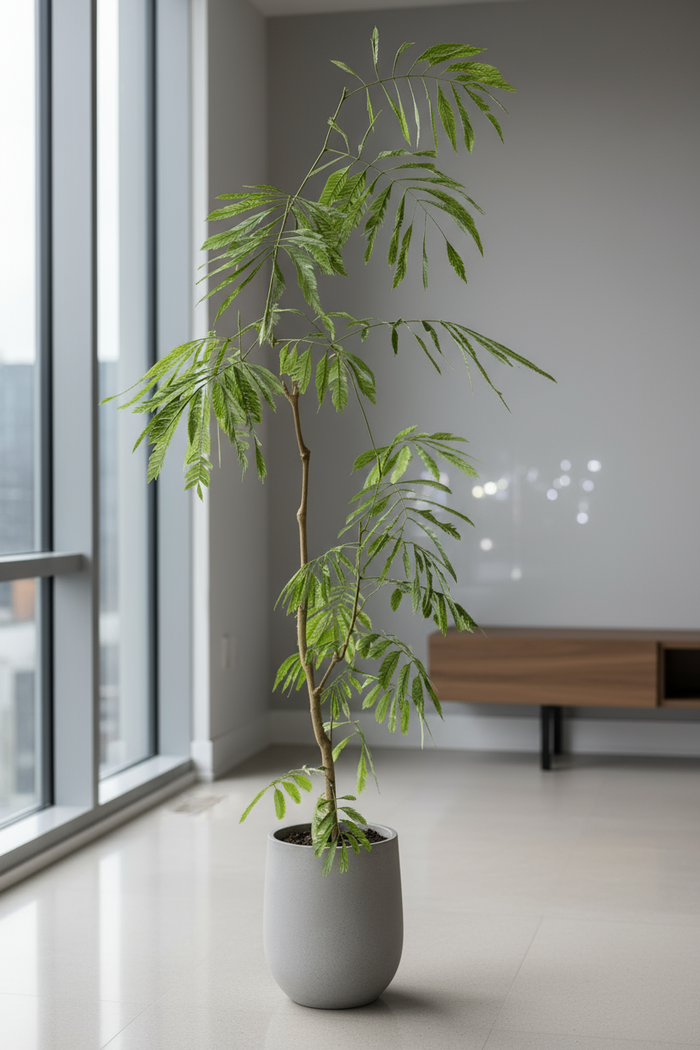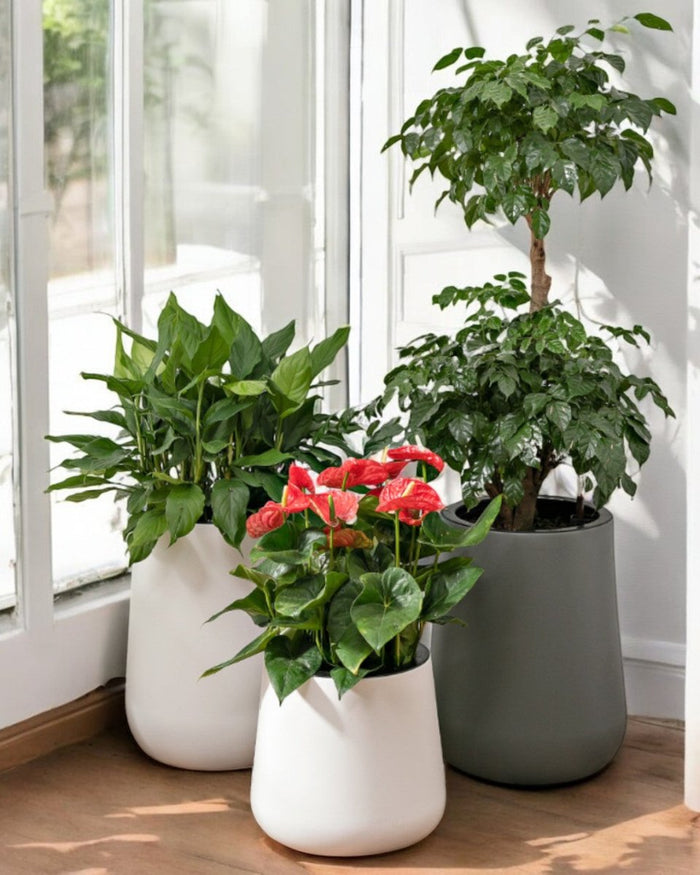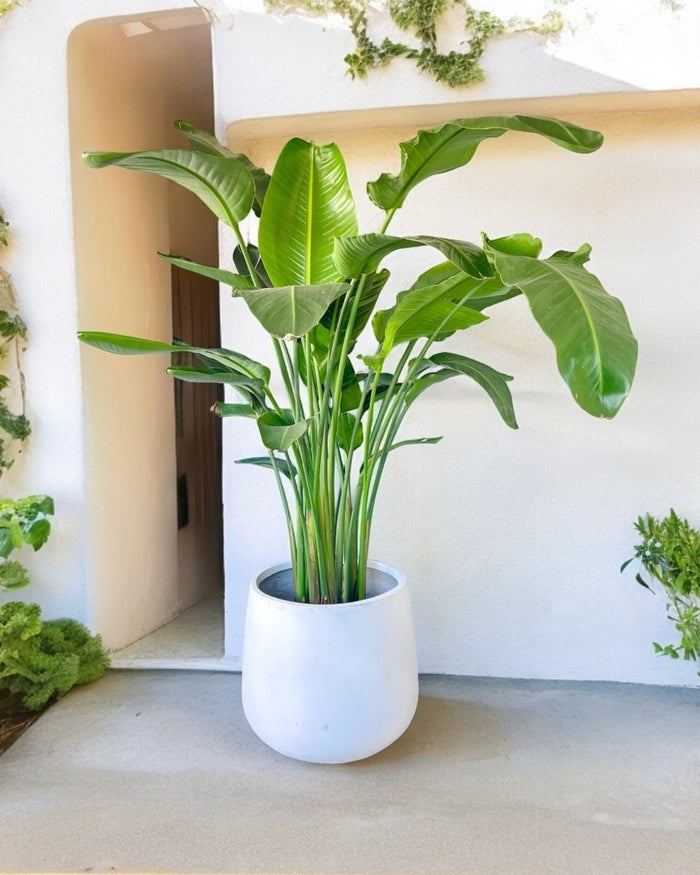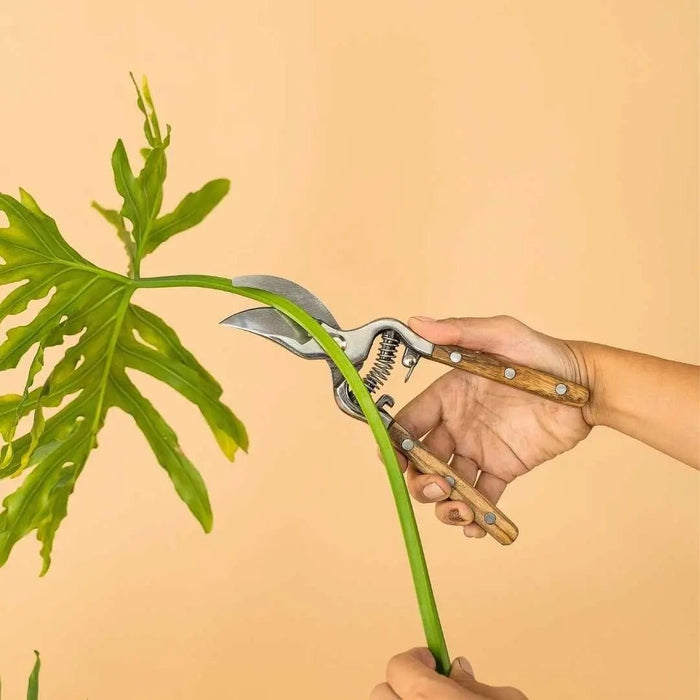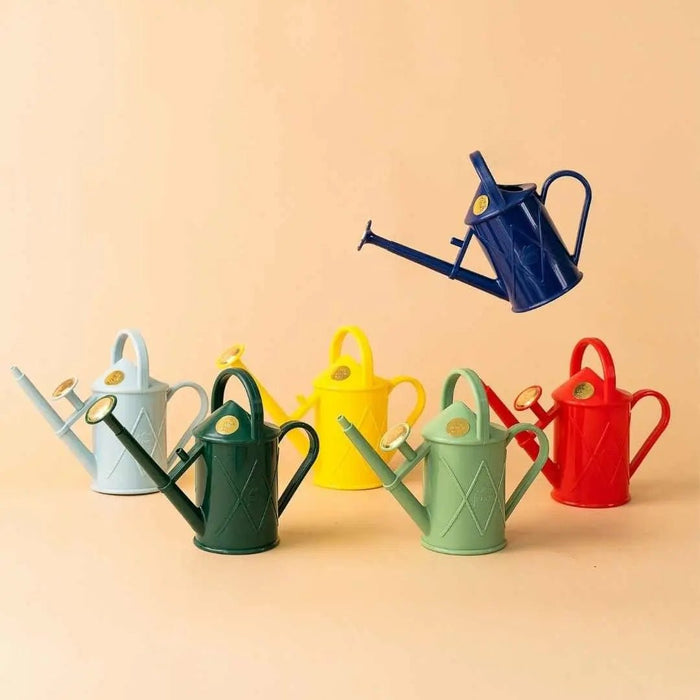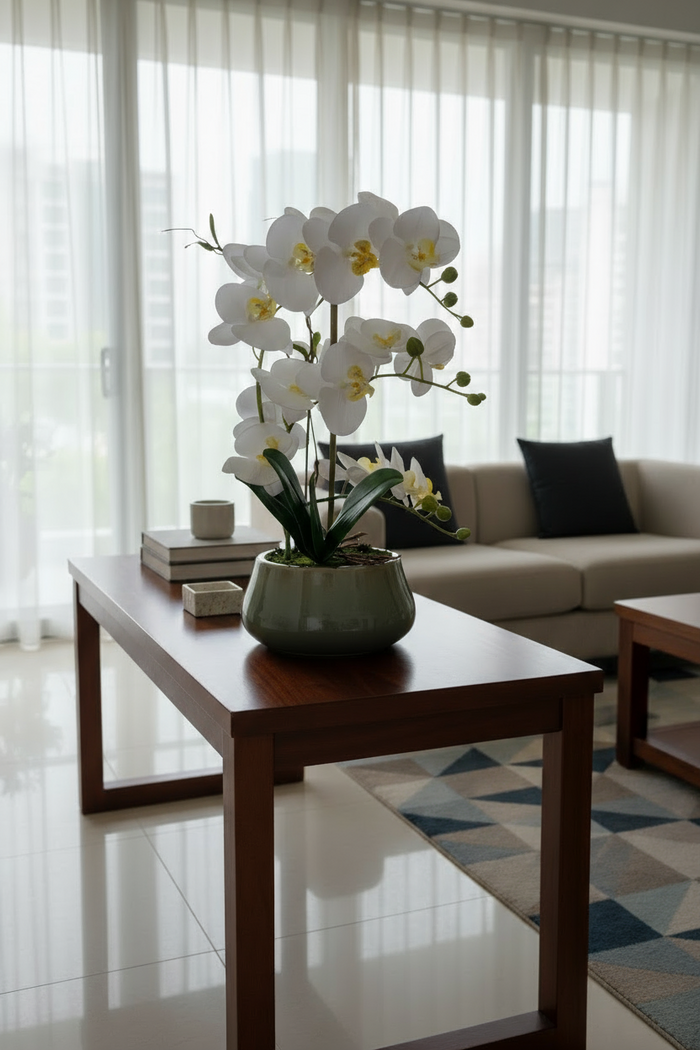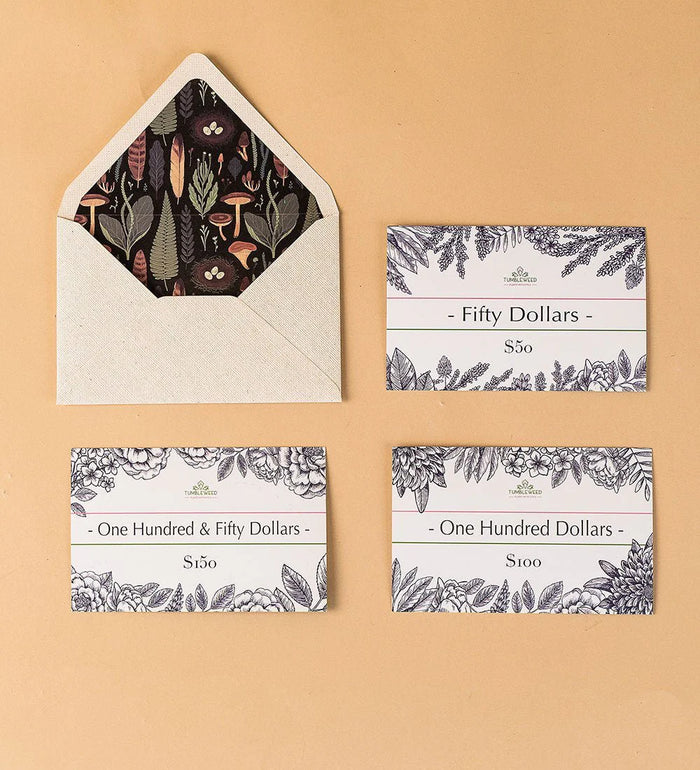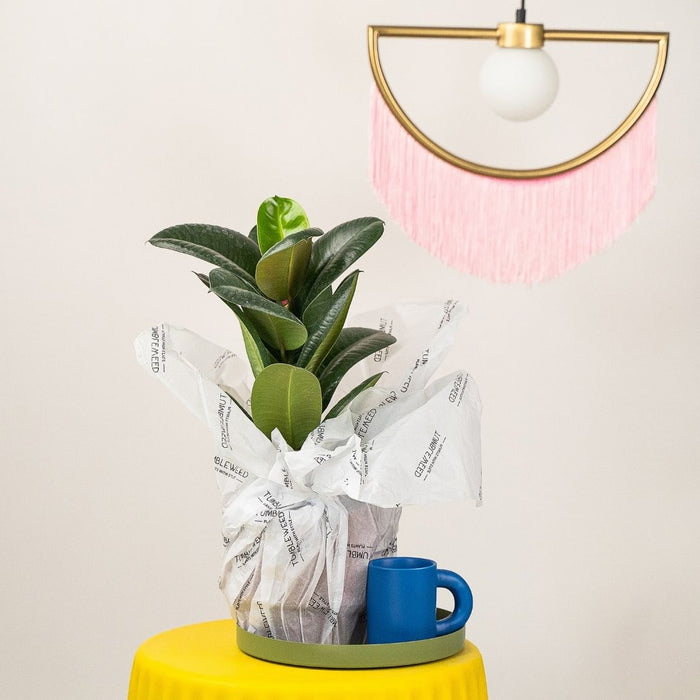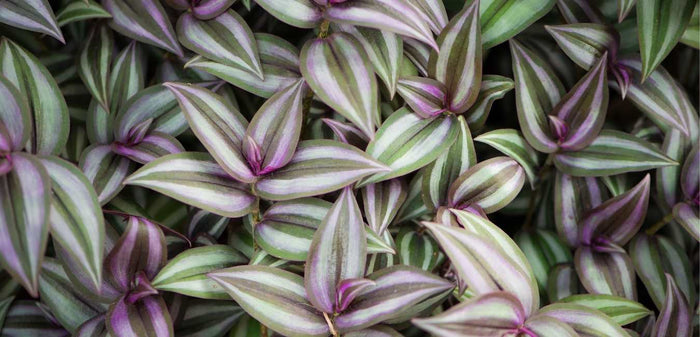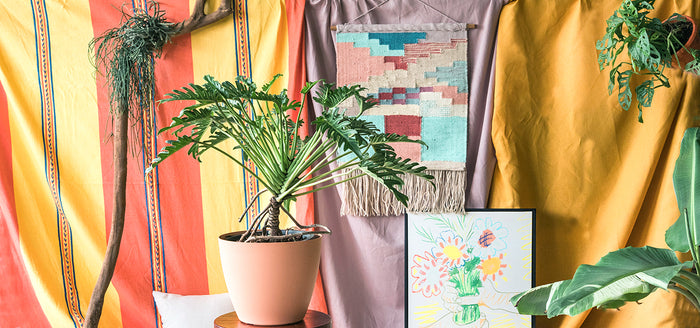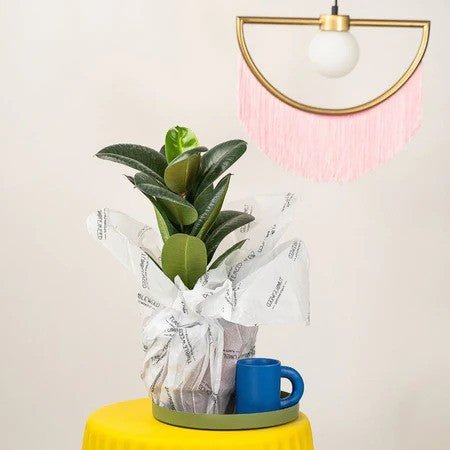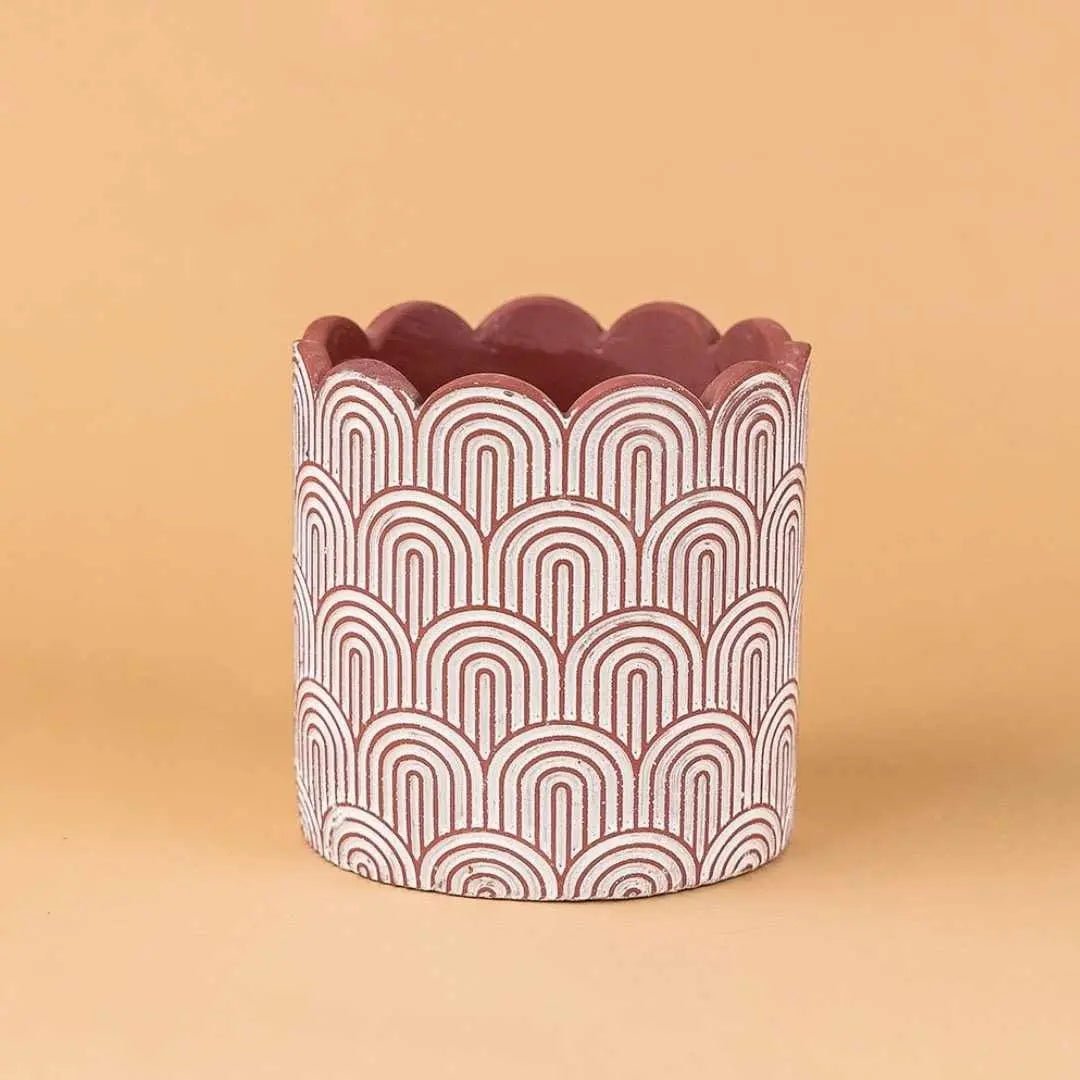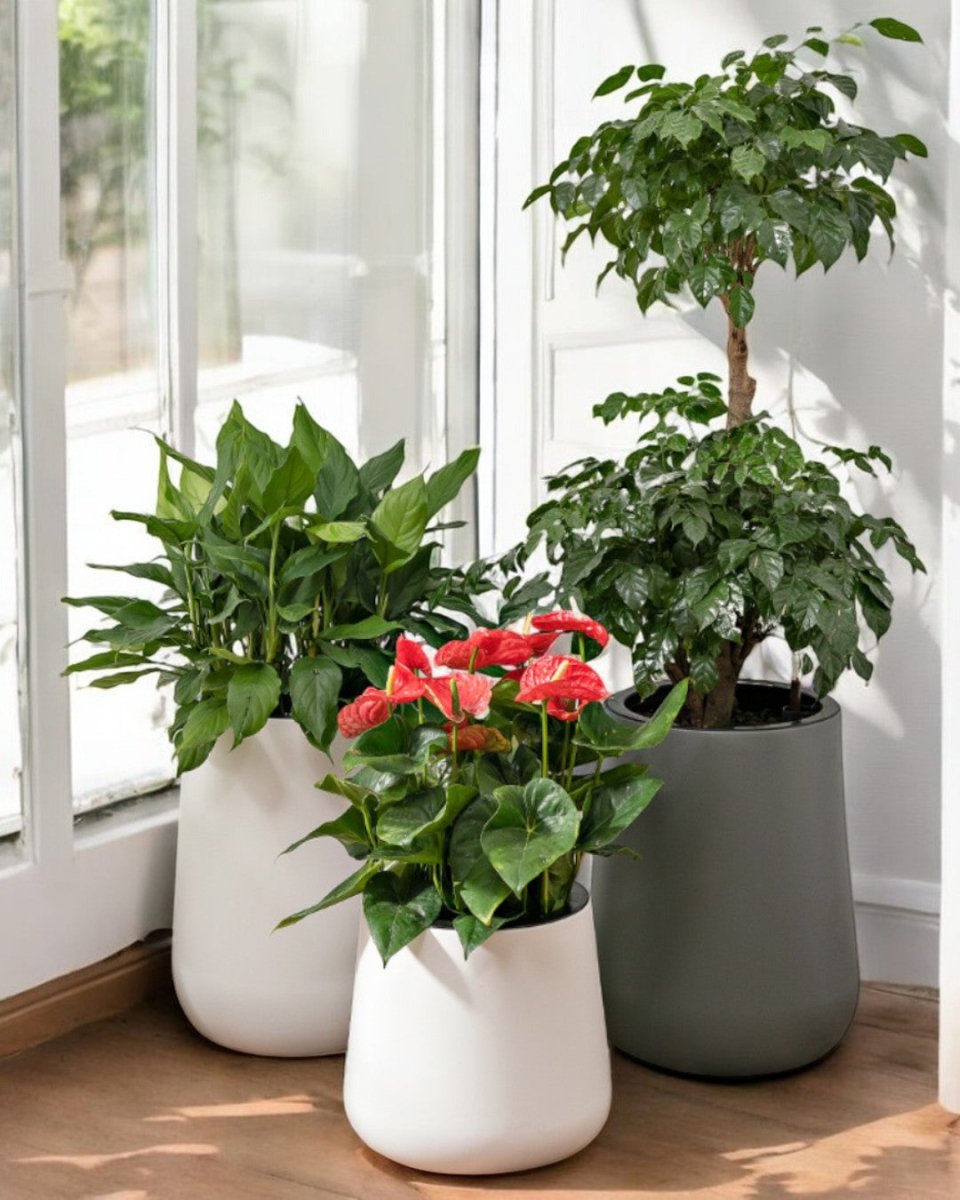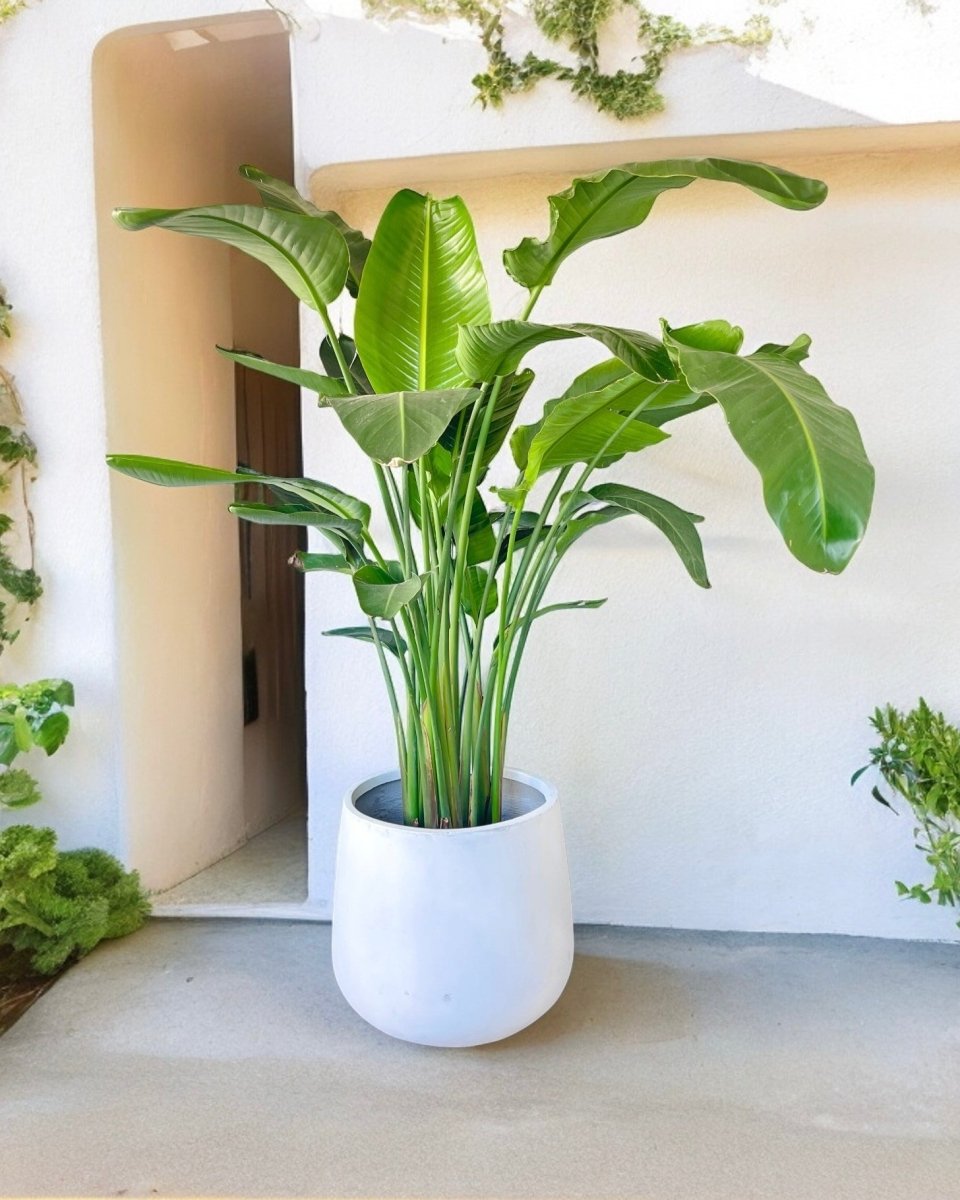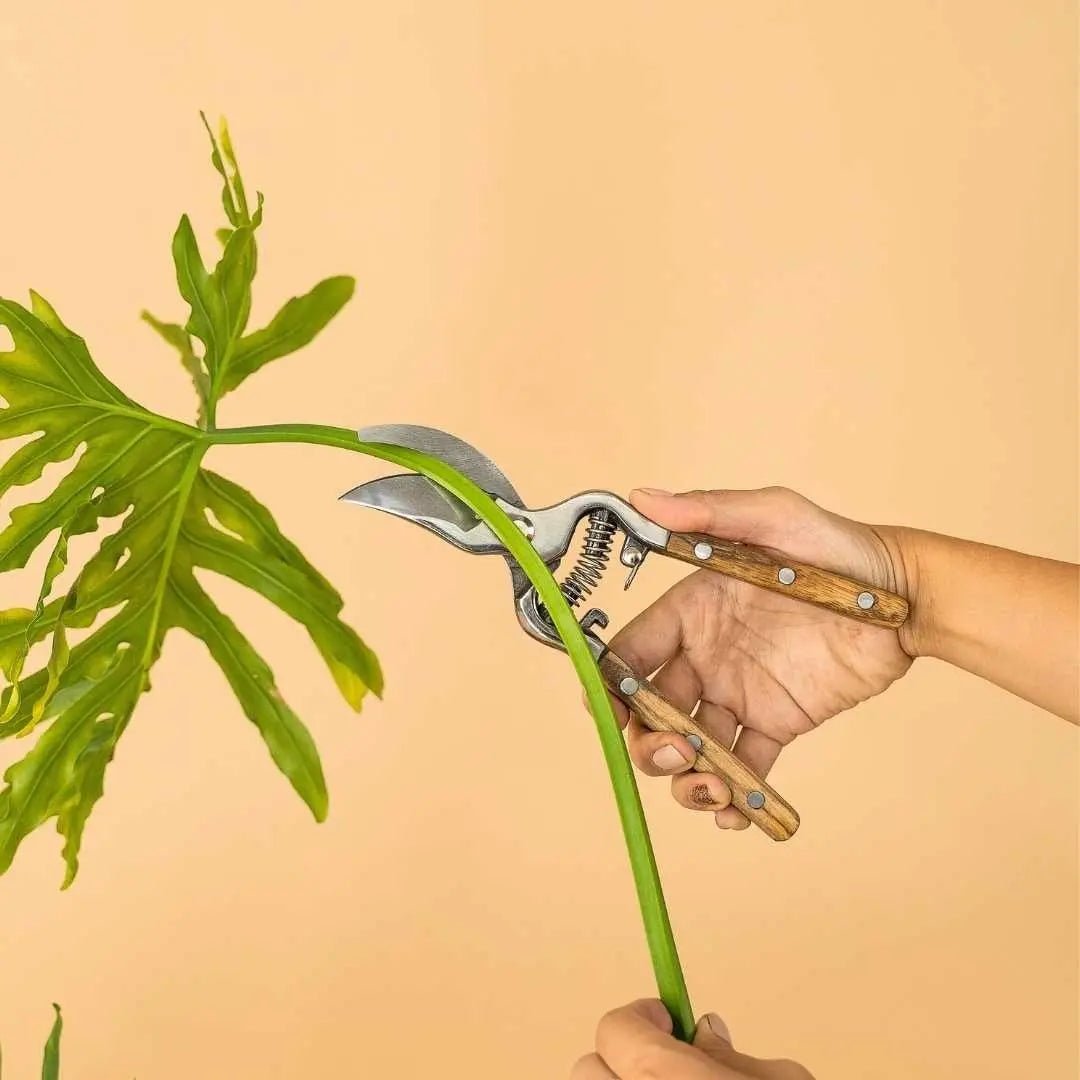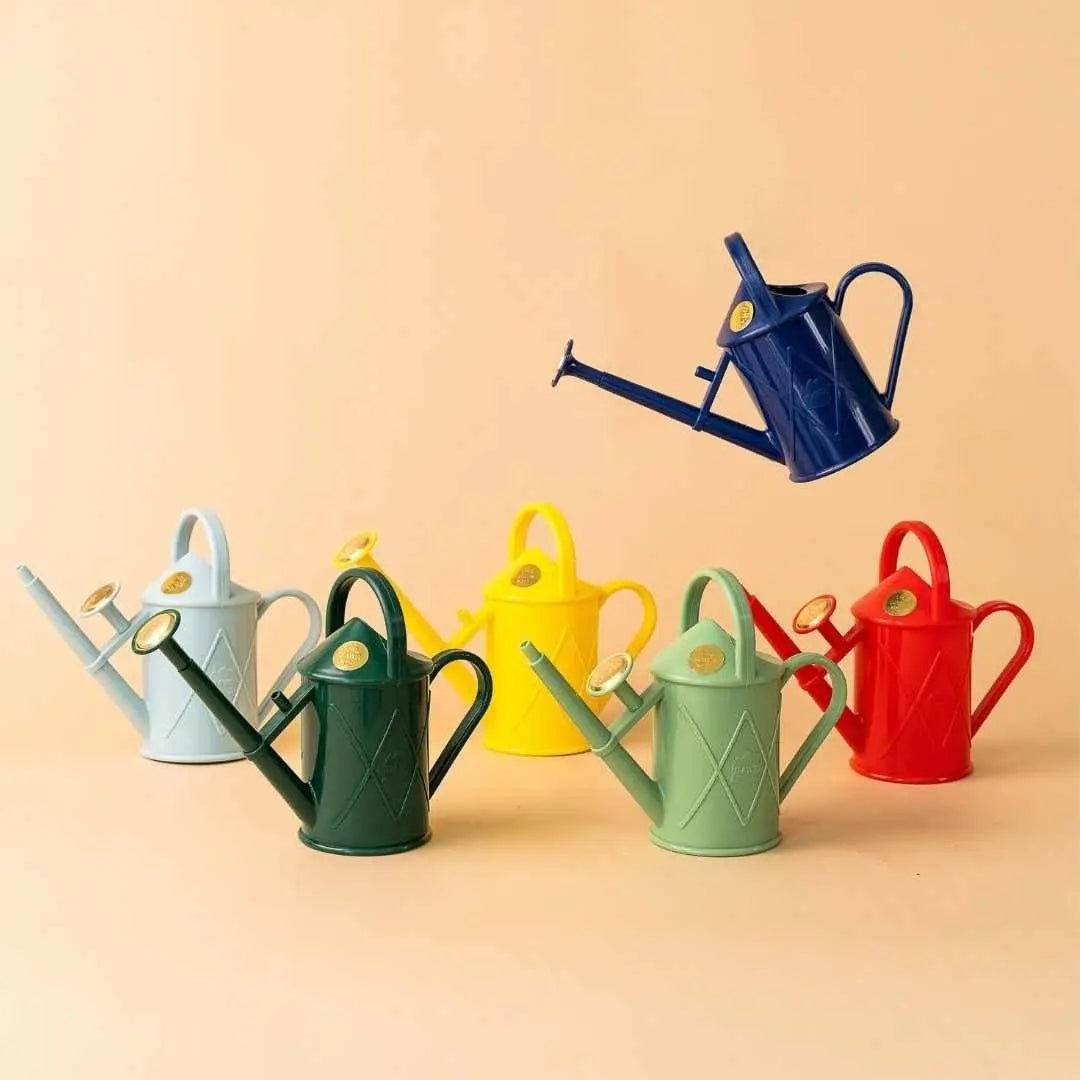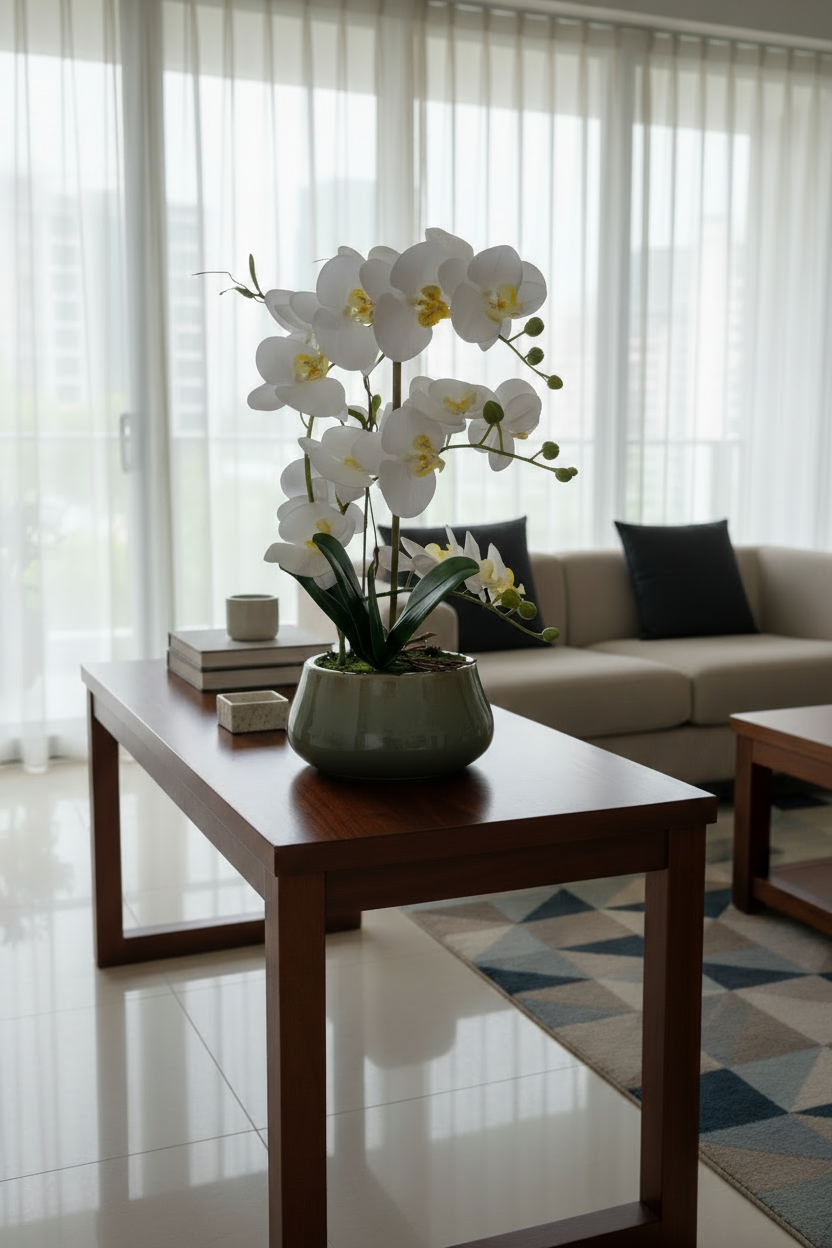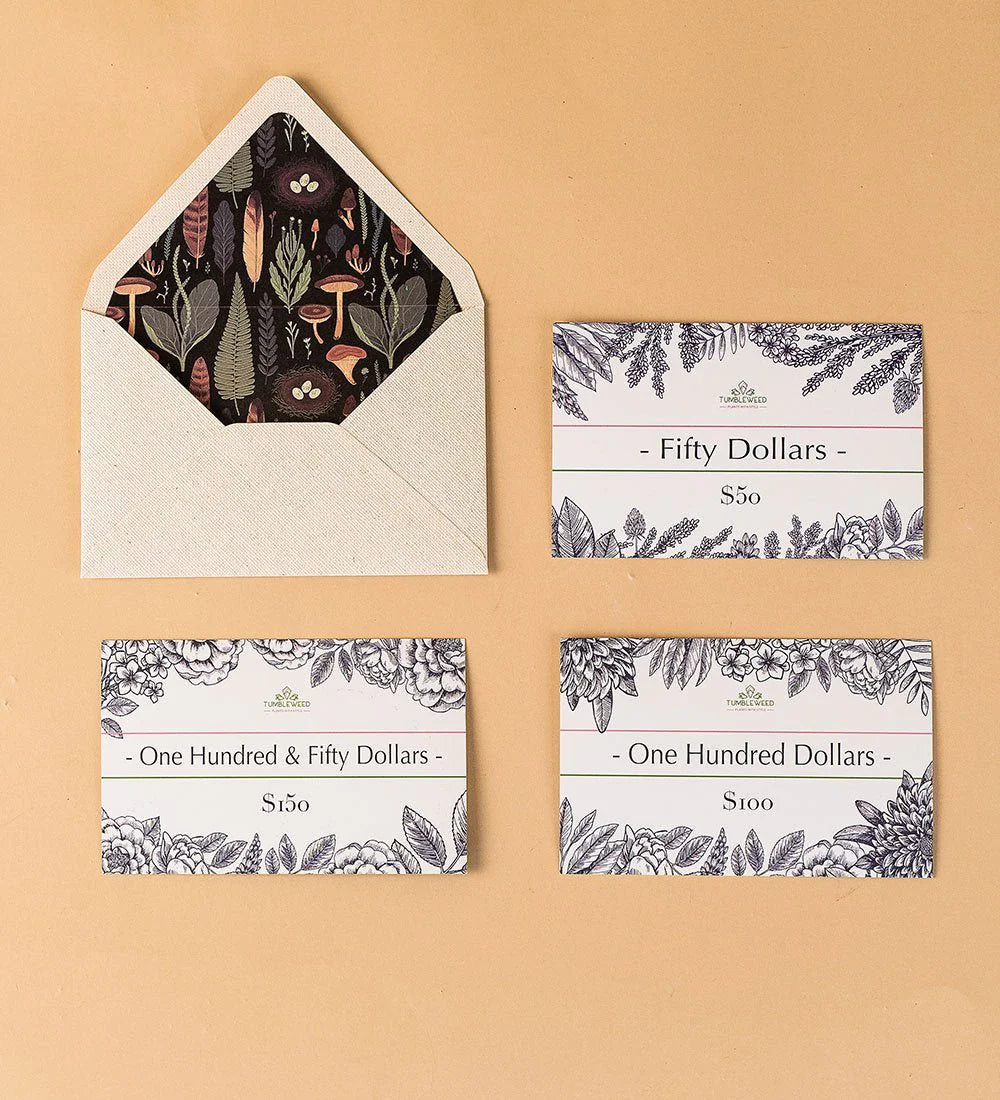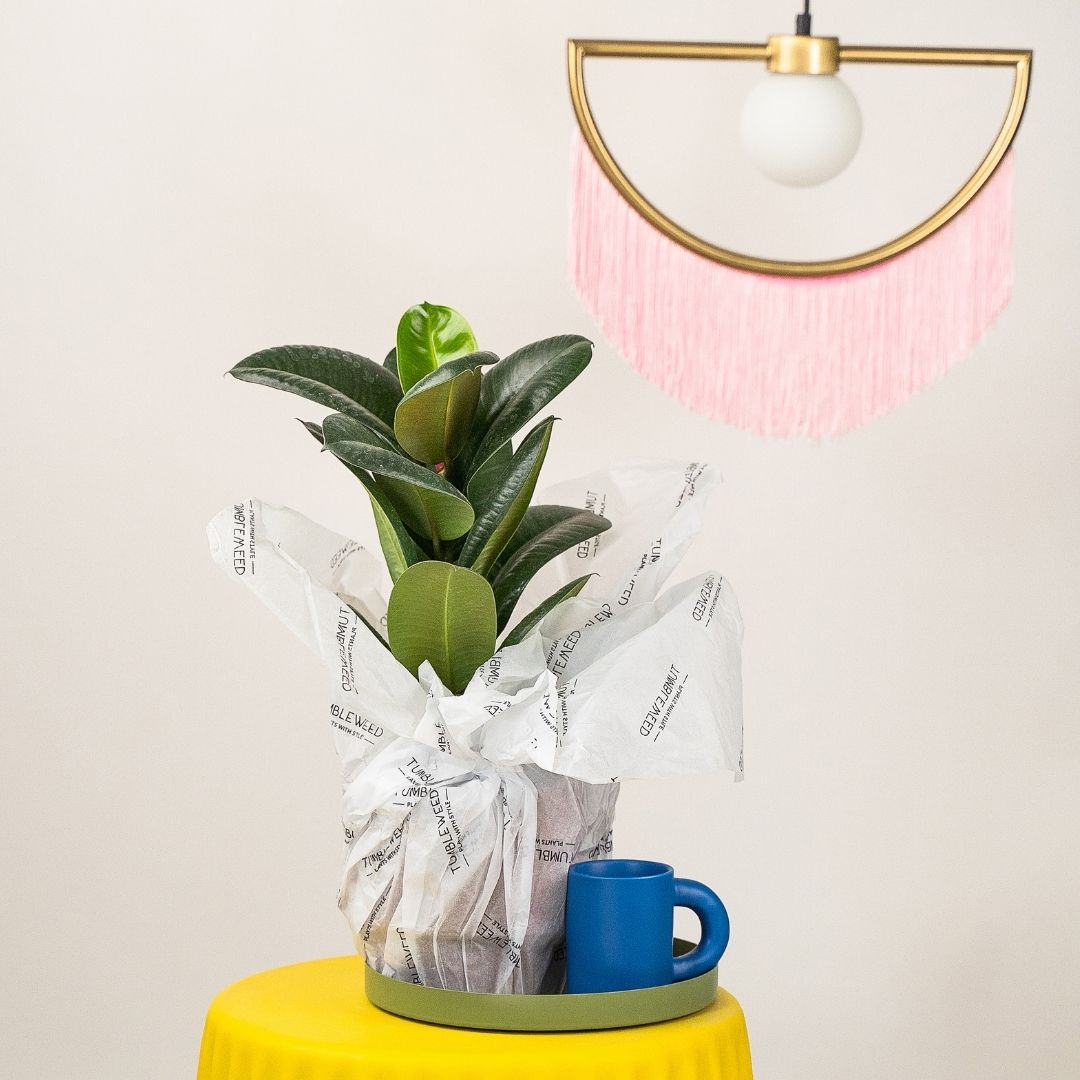Peperomia plants boast various interesting shapes, textures and colours. Their fleshy and thick leaves contribute to the plant’s drought tolerance and vigour. Being adaptable to low light and compact in size, Peperomia is a great addition to liven up almost any indoor spot.
Search plants, planters, garden accessories and more.
-
Sale
-
Plants
-
Pots
-
Care
-
Decor
-
Gifts
-
Services
-
Business
Free Delivery Above $99 | Shop Now
What's New
-
 Hello 2026! Up to 25% off→
Hello 2026! Up to 25% off→ -
 🎁 Corporate Gifts! 🎁→
🎁 Corporate Gifts! 🎁→ -
 Transform your space with our Plant Styling Services!→
Transform your space with our Plant Styling Services!→ -
 Low Light Corner?→
Low Light Corner?→ -
 Login to Earn & Redeem Points!→
Login to Earn & Redeem Points!→ -
 🎉 Making buying plants easy! 🎉→
🎉 Making buying plants easy! 🎉→
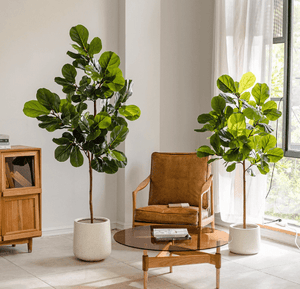
Hello 2026! Up to 25% off
Upgrade your decor now! Automatic tiered discounts mean bigger savings on plants, planters & more. Watch your progress bar fill up as you shop! Sale ends soon.
Shop Plants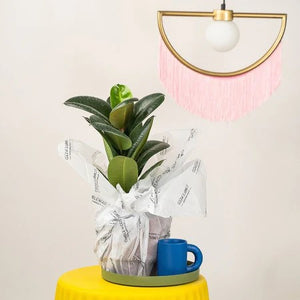
🎁 Corporate Gifts! 🎁
Planning corporate gifts for the festive season? Make a lasting impression with our premium plant gifts! Perfect for clients, partners, or employees, our curated selection of plants is both meaningful and elegant. Choose from a variety of options that fit any budget. Order now and ensure your corporate gifts are delivered in time for the celebrations.
Bulk Gifting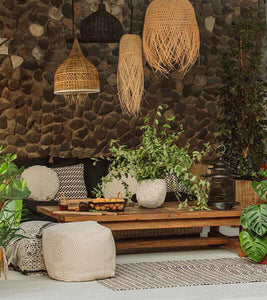
Transform your space with our Plant Styling Services!
Looking to refresh your space for the year-end festivities? Elevate your home decor with our Plant Styling service! Whether it’s a cozy corner or a grand living room, our expert tips will help you transform your space into a green oasis. Perfect for setting the holiday mood! Get inspired and start styling your space with our premium plant collections.
Start your Project
Low Light Corner?
No worries! Our Plant Lights are here to help your plants grow! Specially designed and made for houseplants.
Shop Lights
Login to Earn & Redeem Points!
Login and automatically enrol into our Rewards program, earning you points, and get exclusive deals and discount
Login Now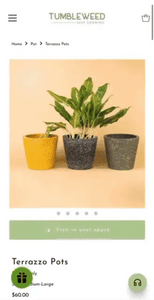
🎉 Making buying plants easy! 🎉
We have made buying plants even easier, with our customer service team, equipped to provide you with a plant recommendations. Hit us up on our chat channels to get started!
Shop NowUp to 25% off with our New Year Sale!
Free delivery above 99SGD
🎁 Free Gift Above $120
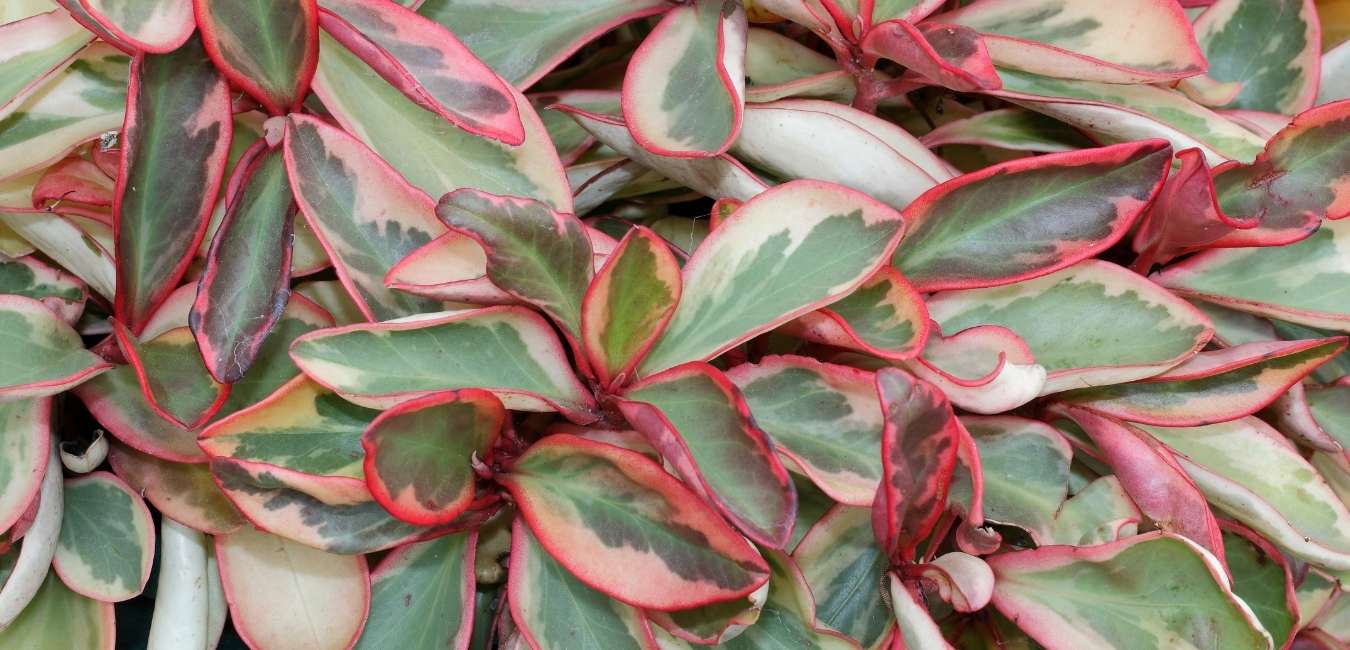
Peperomia: Information and Plant Care Guide
Varieties from our listing
Interested to buy a plant from this group?
See what we have available HERE
Below is a general care guide for Peperomia plants which can slightly differ depending on variety.
Light & Temperature
Peperomia plants thrive in medium to bright indirect light but can tolerate low light conditions. Sufficient light will help keep its leaves vibrant and healthy while too little light can result in fewer leaves, leaf drop and dull coloration. Direct sun should be avoided as it can scorch the leaves. As tropical plants, Peperomias prefer a humid and warm environment.
Watering, Humidity & Misting
Peperomias prefer to slightly or completely dry out between waterings. Typically, it only needs to be watered once every 7-10 days. Remember that their leaves are able to store water so it is safer to keep them on the dry side, rather than overwatering them.
Most varieties of Peperomia can also tolerate low humidity while some will require higher humidity and therefore some misting. The best guide is to check the leaves. The thicker and more succulent the leaves appear, the lower humidity levels the plant will allow.
Soil and Repotting
A well-draining potting mix is essential for Peperomia plants.
They are generally slow growers and can live for years in a relatively small pot or planter. Peperomias also do well in a somewhat root-bound existence so they don’t usually need to be repotted unless roots start coming out of the drainage holes.
Propagation
Peperomia plants are easy to propagate by cuttings. Simply cut a leaf with an inch of stem from the mother plant and place the cutting in a small pot filled with fresh soil. You can choose to cover it with a plastic wrap to create a mini greenhouse environment and help retain moisture. Water regularly and you should be able to see roots forming within a few weeks.
Fertiliser
As a slow-growing epiphyte, Peperomia plants have very light fertilising needs. Use a balanced fertiliser and be careful not to overdo it.
Toxicity
Peperomia plants are non-toxic and is therefore safe around kids and/or pets.
Possible Issues
Under the right care and conditions, your plant will grow happy and healthy. But here are some issues you may encounter while caring for a Peperomia:
Spider mites, whitefly and mealybugs - When spotted, give a thorough wipe down of leaves with soapy water or insecticidal soap. Repeated application will be necessary.
Wilting plant, dry soil - This is usually due to underwatering. Water the plant and monitor soil moisture levels.
Yellowing leaves, black stems - This is because of too much water. Let the plant dry out and adjust watering care given moving forward.
- Regular Price
- $11.00
- Sale Price
- $11.00
- Regular Price
- $16.00
- Unit Price
- /per
- Regular Price
- $11.00
- Sale Price
- $11.00
- Regular Price
- Unit Price
- /per
- Regular Price
- $17.00
- Sale Price
- $17.00
- Regular Price
- $16.00
- Unit Price
- /per
- Regular Price
- $16.00
- Sale Price
- $16.00
- Regular Price
- Unit Price
- /per
TumbleweedPlants.com
Live Chat 💬
Whatsapp:+65 80561106
getintouch@tumbleweedplants.com
514 Chai Chee Lane (Office & Warehouse)
-Strictly not open to walk-in
Company
Helpful Links
Join Our Community
Join 40,000+ plant lovers and get care tips & inspiration.
About
TumbleweedPlants.com is an independent plants retail brand, established in Singapore in 2016. We make stylish indoor plants easy and accessible to all with great looking houseplant varieties, the biggest selection of planters and indoor plant care essentials delivered to your door.
Shop with confidence from the Best Plant Home Decor Online Store Today!

